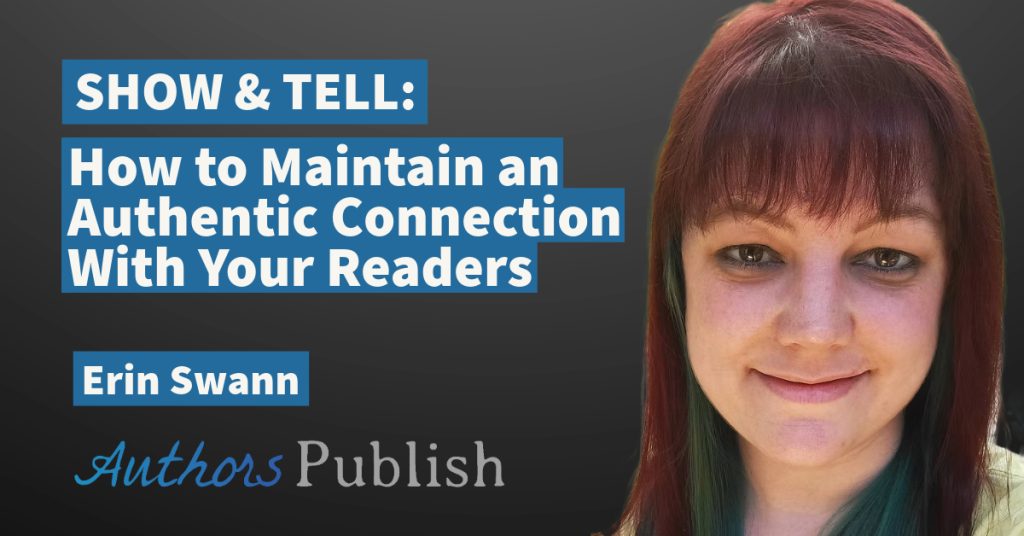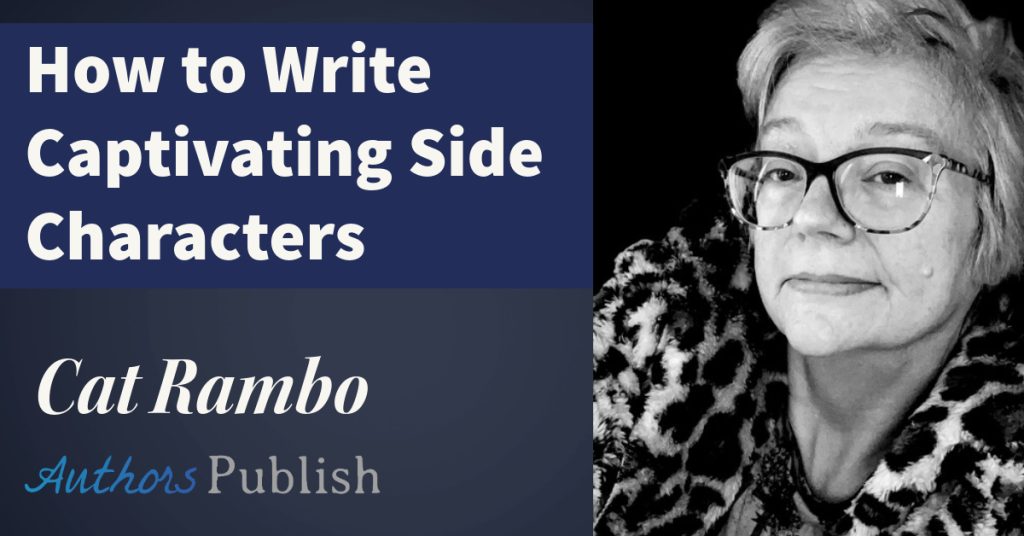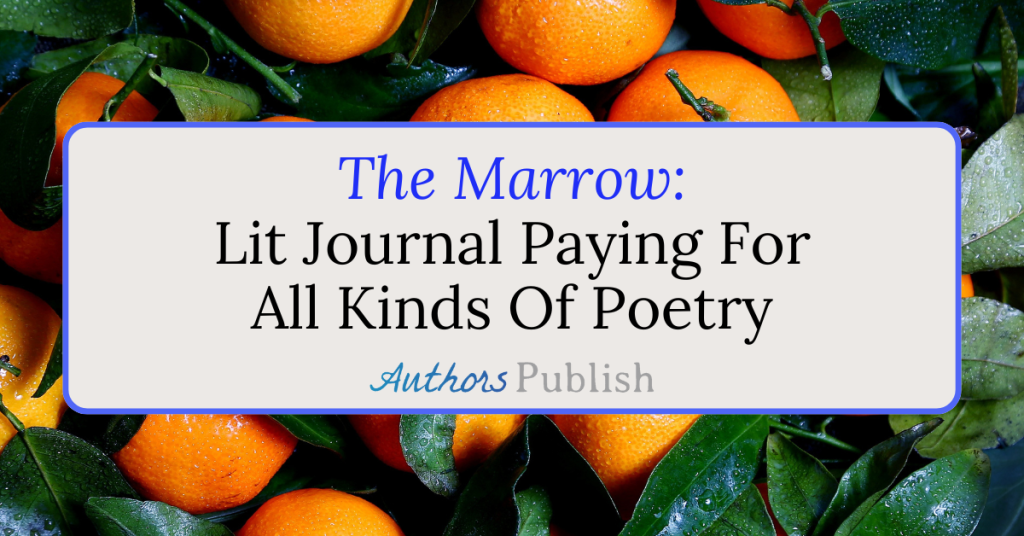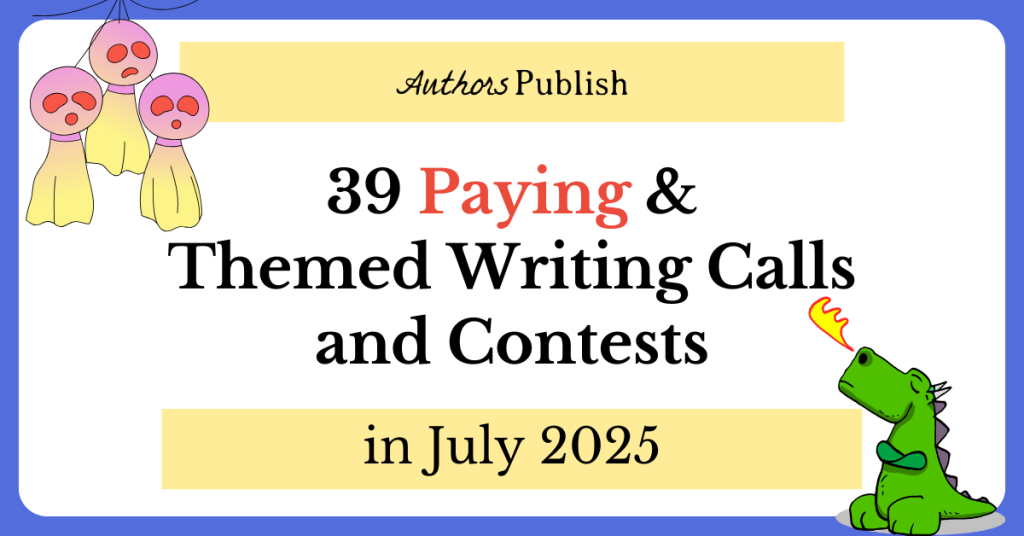I am starting off this article with a disclaimer. This article is not going to tell you what publishing trends are up and coming. I don’t know whether books about a gold rush on the moon are going to be the new YA trend or not. That isn’t my area of expertise, and it is not where my interest lies. I am glad I don’t know what the next big thing will be, it makes life more exciting.
This article is all about the trends I have observed in the publishing industry – in terms of manuscript publishers, self publishing, and literary journals – over the last year or so. The key word in the previous sentence is “I”. This article reflects my personal opinion, and what I have noticed.
Because I write a review of a manuscript publisher every week for Authors Publish, I spend a lot of time researching publishers and publishing. As a professional submitter for literary journals I submit to over 400 literary journals a year, which means I spend a lot of time exploring that world as well. I also receive hundreds of emails every year about publishing at support@authorspublish.com.
Below are all the trends that I have noticed developing over the last year. Some I hope will stop, others I hope will continue.
1. The euphoria of self-publishing is wearing off
This was true last year, and the trend has only grown this year. When we used to publish an article about self-publishing, there would be a huge click-through rate. Not so much anymore.
We receive a lot fewer emails about self-publishing in general.
I am not saying huge numbers of writers are not self-publishing, because they are. What I am saying is this: there is generally less enthusiasm about it. Writers are much more likely to approach self-publishing with a level head, not with assumptions of success, and I think this year, more than last year, an author will try to get traditionally published first.
2. Independent publishers are becoming more likely to be closed to unsolicited submissions
This was true last year as well, but it has continued to increase. In the last year or so, about 10 independent publishers that I had previously reviewed closed their doors to unsolicited submissions. They now only accept submissions from agents. This is unfortunate, because it is largely the more established independents that are doing this.
3. There are fewer new eBook romance publishers
It used to seem like every month, a new digital romance publisher would arrive on the scene, sometimes with a lot of potential, sometimes not. This is no longer the case. It has become rarer for a new digital romance publisher to open their doors. In part I think this is because the romance eBook market is more stable and established now, but also, potential publishers and editors are more aware of the challenges of entering an established market versus a new and rapidly changing one.
4. More literary journals are charging reading fees
Unfortunately this is a trend that just keeps growing. We at Authors Publish have been talking about this for a long time, and if you are interested in learning more about how reading fees work, this article is for you. I am not surprised this issue is continuing to be a large one. What I particularly dislike is the fact that more brand new journals are charging submission fees right from the beginning, even though they have no track record.
Also I have noticed that it is becoming more common to charge more than three dollars to submit. The largest literary journal submission fee I have seen is for 25 dollars, which is preposterous.
5. More literary journals are having free submission options
Finally, some mostly-good news. Some literary journals that have added fees have lately made sure to have either fee-free periods or fee-free options. Some even have this neat option where, if you choose to pay a small fee to submit, they will give you feedback on your piece.
6. More anthologies are charging reading fees
Before last year, anthologies that charged reading fees were few and far between. Last year there was an increase in anthologies that charge fees, and this year it has increased even more.
This year, I would say 1 of the 5 calls for anthology submissions I read about charged a fee. Most of those publishers charging a fee were not even offering money to the authors whose work they accepted. One anthology editor who charged for submissions referred to anthologies that operated this way as a “cash cow.” Many of these fees are in the 10-20 dollar range.
7. No time for rejections
More presses are setting a deadline, sometimes a month, other times six, but always less than a year, where, if you have not heard from them, you should consider yourself rejected. This is becoming a more common policy for literary journals and magazines as well. I generally don’t mind this trend (a canned rejection letter is a canned rejection letter), but I do find it problematic when the press says they send out rejections, but they do not. If a press is upfront about this policy and offers a timeline, I think it works, although it is not ideal.
About 1 out of every 4 presses I reviewed this year explicitly stated that they do send out rejection letters, and that if you have not heard from them in a certain period of time, to assume rejection.
8. Print journals: rarer and rarer
A lot of journals that were print are now electronic, partially or completely. New journals are much more likely to be electronic. If the publisher has extra money it goes towards Submittable or paying contributors, not into putting together a print issue. Even universities and established and respected literary journals are now switching to the online-only literary journal model. Electronic issues are more likely to have more readers. Additionally, it is a lot easier, not to mention cheaper, to run an electronic journals.
9. Publishers are consolidating
It is becoming even more common for larger independent presses to take over smaller independent presses. One of the big examples of this happening was The Chicago Review Press’ acquisition of a number of smaller presses including Parenting Press. But this is happening on an even larger scale, as well. In late 2016, Simon & Schuster acquired Adams Media, one of the largest independent publishers in the US. So far some of Adams’ imprints, or rather former imprints, are still open for unsolicited submission even though Adams no longer exists as company. Crimson Romance is one of them.
10. The eBook market is changing
In the last few years, a number of new digital-first imprints from the large established publishers opened their doors. Some of these have closed their doors either temporary or permanently. HarperLegand appears to be permanently closed down. Witness Impulse’s actions seem to have slowed considerably, and they have been closed to submissions for over a half a year now.
Are there any trends you have noticed in publishing that I have not mentioned here? Do you have any additional feedback? Please send me an email at support@authorspublish.com.
Bio: Emily Harstone is the pen name of an author whose work has been published internationally by a number of respected journals. She is a professional submissions adviser. You can follow her on Facebook here: https://www.facebook.com/emilyharstone/






